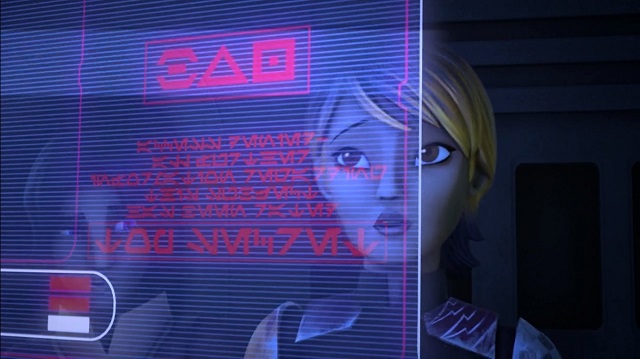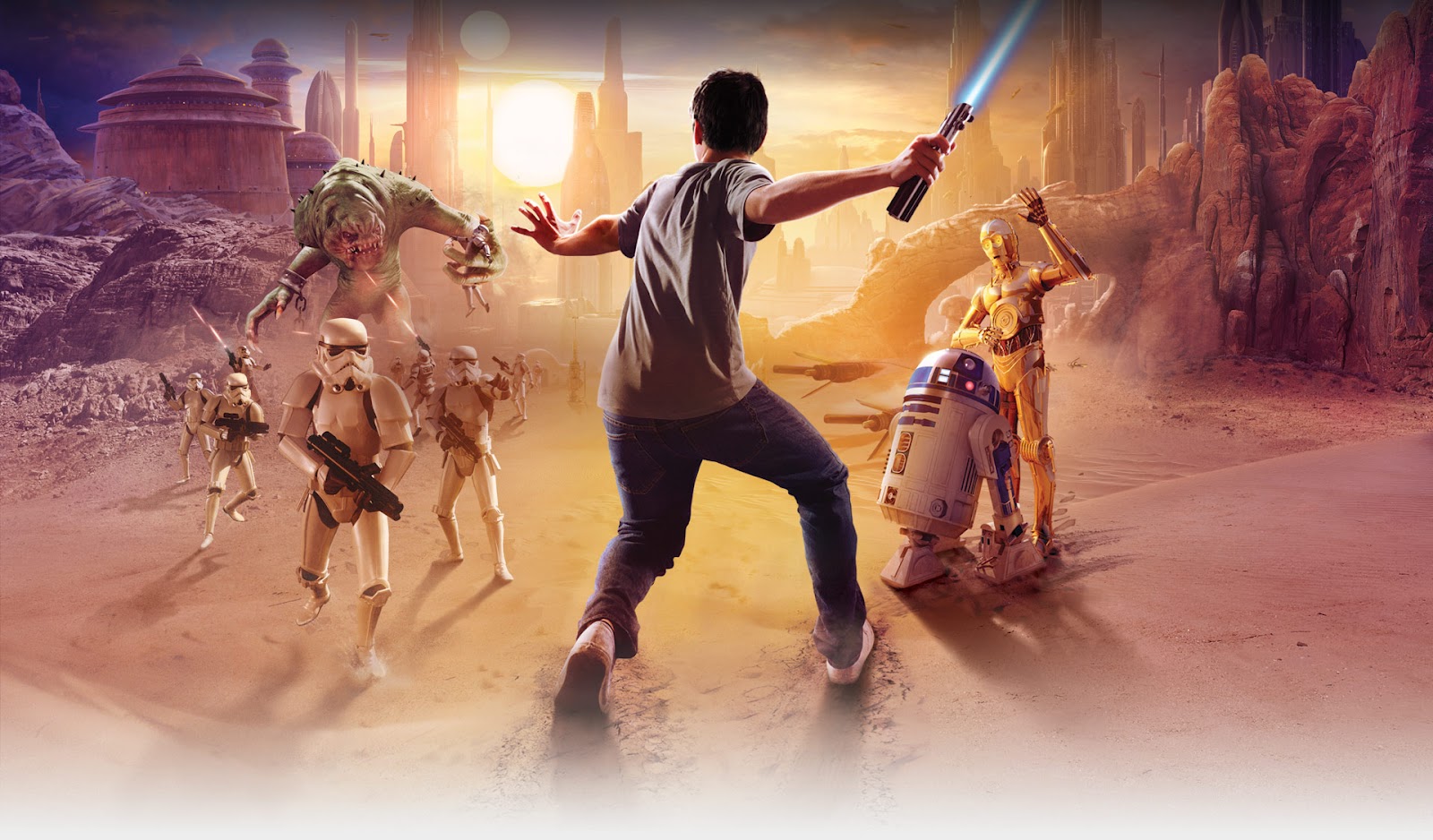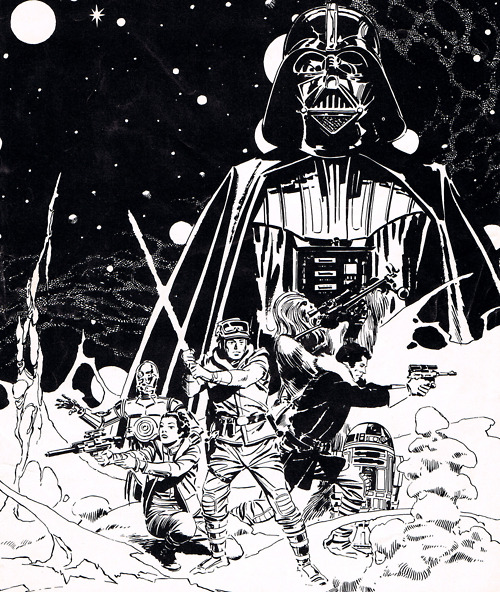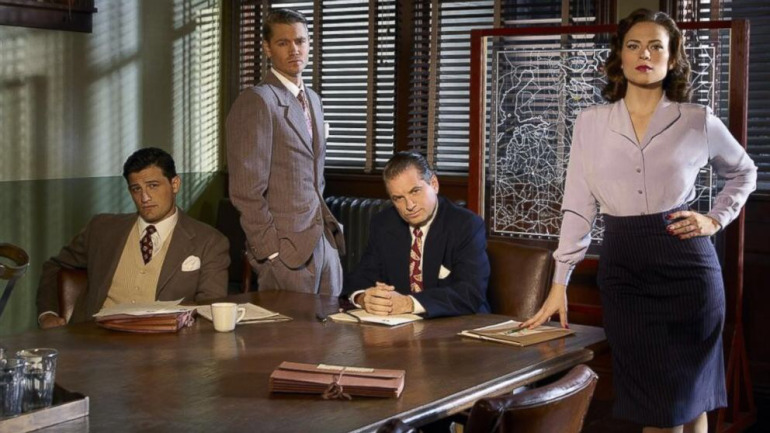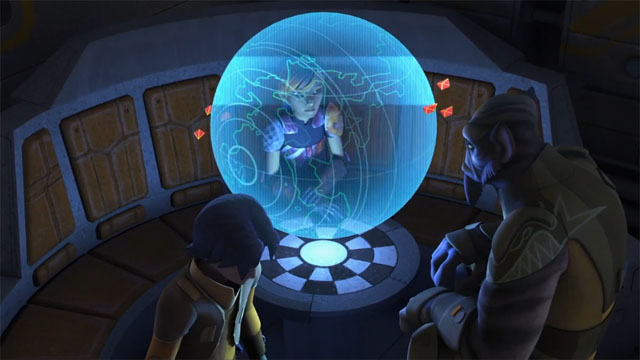
The ideas of parallelism and the end of a story referring back to a way it began are, of course, hardly new or innovative concepts. Many great books, films and other forms of media close much the way they open, be it visually, thematically or even straight-up repeating themselves. A few weeks ago, I was make aware of a superb (and lengthy) article/essay that speculated on the circular storytelling model that united the Star Wars film saga into one united narrative. Whether you agree that such a pattern was George Lucas’s intention or not, the idea of parallelism is riddled through the Star Wars universe, a franchise where references to past material is expected far more than a wholly original concept.
When Kanan was captured, it meant that the Ghost crew had a decision to make: leave Kanan in the hands of the Empire, laying low somewhere until the pressure brought on by Grand Moff Tarkin blows over; or come up with some way to track him to where they are holding him and stage a daring Death Star-style rescue. It was a test of loyalty for the entire crew—loyalty to Kanan measured against loyalty to their mission; loyalty to their crew measured against loyalty to the greater good of Lothal, the sector, even the galaxy as a whole. Read More
